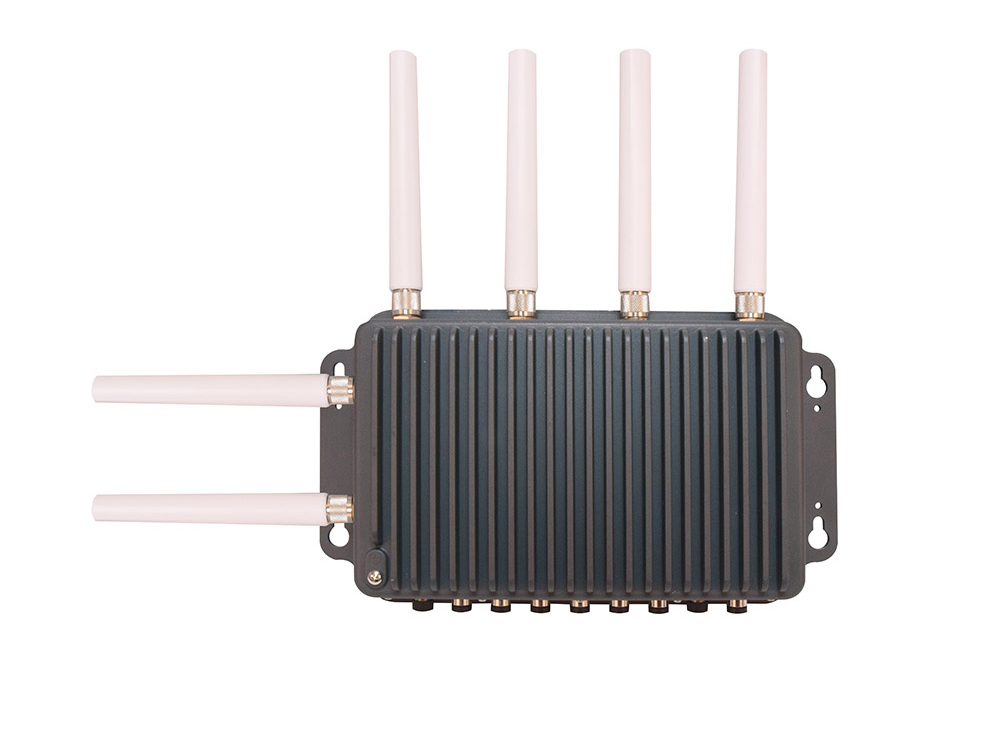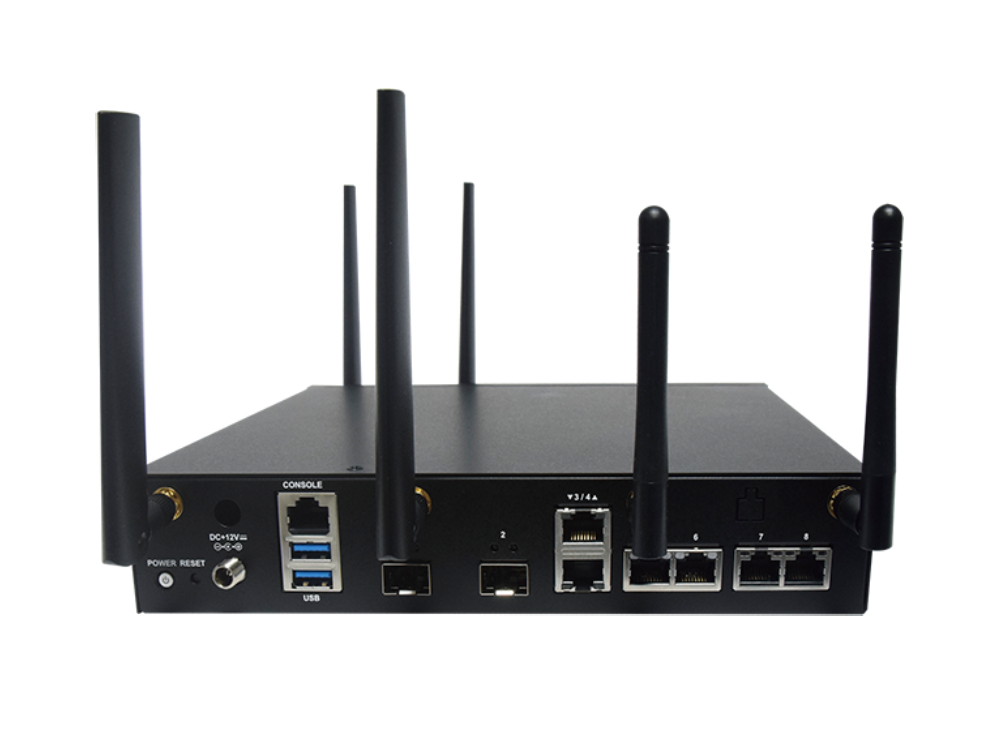In the swiftly changing telecommunications landscape, the introduction of 5G technology marks a significant turning point, delivering unparalleled speeds, reduced latency, and the ability to connect an increased number of devices at once. Within the vast array of possibilities unleashed by this technology, 5G Fixed Wireless Access (FWA) emerges as a notable innovation, poised to close the digital gap and furnish high-speed internet to regions that traditional wired broadband has not effectively reached.
In the swiftly changing telecommunications landscape, the introduction of 5G technology marks a significant turning point, delivering unparalleled speeds, reduced latency, and the ability to connect an increased number of devices at once. Within the vast array of possibilities unleashed by this technology, 5G Fixed Wireless Access (FWA) emerges as a notable innovation, poised to close the digital gap and furnish high-speed internet to regions that traditional wired broadband has not effectively reached.
What is 5G Fixed Wireless Access (FWA)?
5G FWA is a type of wireless broadband internet service that uses 5G networks to deliver high-speed internet access to residential and business customers through radio signals, rather than through cables or fiber optics. The setup typically involves an outdoor antenna placed on the premises, which communicates with the nearest 5G cell tower to provide internet connectivity.
FWA technology simplifies connectivity with three key elements: a 5G cell site, customer equipment (CPE), and a control system. The cell site sends radio waves to the CPE, which can be located indoors or outdoors, transforming 5G signals into Wi-Fi or Ethernet for internet use. Enhanced by beamforming and Massive MIMO, these 5G technologies improve signal direction and efficiency, boosting the connection's quality and dependability.
Benefits and Limitations of 5G FWA
5G FWA stands out for its quick deployment and minimal infrastructure needs, enabling fast internet access even in remote areas where cable installation is unfeasible. Its scalability allows for easy expansion without extra cabling, making it a cost-effective choice for both providers and users. Yet, 5G FWA isn't without issues; it can be affected by signal interference and weather, leading to unreliable service. Its effectiveness also depends on the proximity to cell sites, and in crowded areas, a single site may not handle peak demands, potentially limiting service quality.
The Role of uCPE in 5G FWA
The integration of Universal Customer Premises Equipment (uCPE) with 5G is becoming increasingly popular, especially as 5G extends its reach beyond public network applications to more specialized uses. Following the 3GPP Release 17 standards, 5G now supports a broader range of functionalities, including network slicing, Time-Sensitive Networking (TSN), and enhanced security features. These advancements make 5G FWA suitable for private networks in sectors like industrial automation, smart cities, and intelligent transportation. uCPE is central to this shift, offering a flexible and scalable platform that combines various network functions into a single device, facilitating the adoption of 5G FWA across different industries and contributing to their digital transformation.
Conclusion
5G FWA stands as a powerful option in the pursuit of global internet access, blending speed, adaptability, and cost-efficiency. The adoption of uCPE technology enhances the deployment and management of FWA, encouraging broader use. Lanner customizes its product lineup to meet the demands of diverse applications and environments within both private and public networks for 5G FWA. Lanner's offerings include robust and desktop devices, each providing a range of wired and wireless connectivity options.
Lanner's outdoor uCPE ISD-O370 is a rugged, fanless edge network appliance designed to withstand all weather conditions. It is powered by an Intel Atom C3000 processor, featuring crypto acceleration and supporting 5G and Wi-Fi 6 connectivity. It also meets IP67 and MIL-STD-810G standards for environmental durability.
The indoor uCPE NCA-1516 is a desktop network appliance equipped with an Intel® Atom® C3000 processor, supporting mmWave 5G, Sub-6GHz 5G, and Wi-Fi 6 across both 2.4G and 5G bands. Its performance is enhanced by Intel's QuickAssist Technology and Intel® AES-NI, making it ideal for vCPE/uCPE and edge security applications with its comprehensive network communication features and configurations.
Additionally, the NCA-1526, powered by an Intel® Atom® C5325/C5315 CPU and Intel® QuickAssist Technology, offers cryptographic acceleration and high-quality LAN functions for improved network performance and robust security. It also supports expansion and wireless connectivity through 5G mmWave and Wi-Fi6 modules, catering to a wide range of connectivity needs.









